Application control treats software as packages and places trust in them for software management, however Application Whitelisting uniquely identifies every file and application as a unique item regardless of which software it belongs to.

The Australian Cyber Security Centre (Australian Government’s lead on national cybersecurity) categorises application whitelisting as one of the eight essential cyber risk mitigation strategies. Having an application whitelisting strategy is crucial for any organisation.
The goal of whitelisting is to protect computers and networks from potentially harmful applications by not allowing attackers to place their own executables on the system or replace known good executables with compromised ones. Application whitelisting also prevents zero-day attacks by not allowing the execution of any untrusted applications. Thus, having the right application whitelisting tool in place is key to prevent running of non-trusted applications. Some well-known commercial whitelisting solutions include Airlock Digital, McAfree and Digital Guardian. AppLocker, gatekeeper and Logstash are some of the free tools available for application whitelisting.





















